Islands in the Sun - Europe
Pack the sunscreen, swimsuit and sandals and join us as we slink off to the European islands basking in glorious sunshine right now. Fleur Rollet-Manus discovers what’s on offer
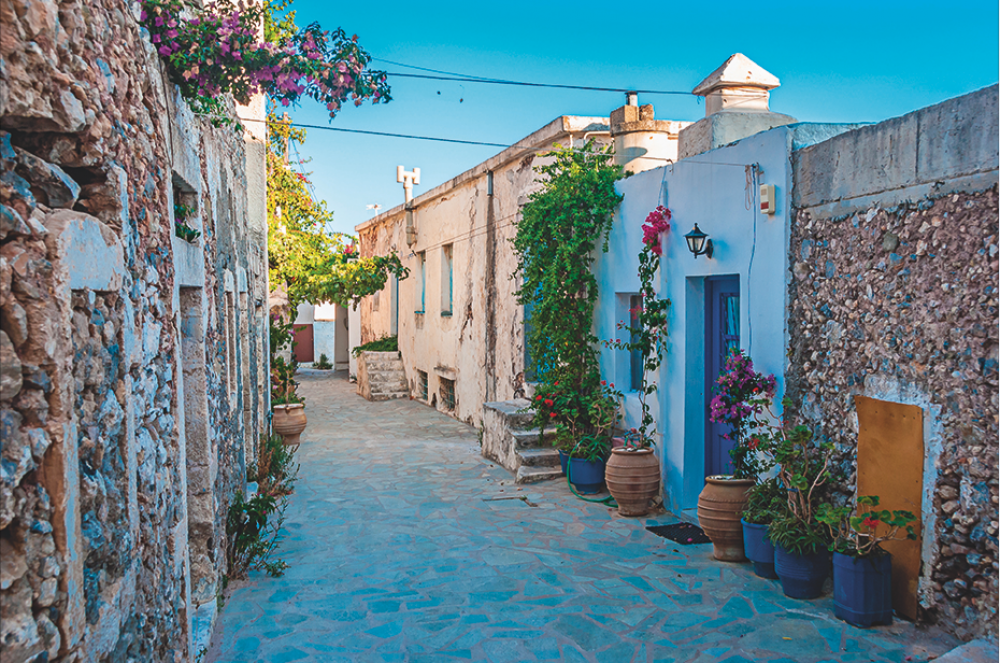
Pack the sunscreen, swimsuit and sandals and join us as we slink off to the European islands basking in glorious sunshine right now. Fleur Rollet-Manus discovers what’s on offer
Located in the north-eastern part of the Aegean Sea, this
lesser-known Turkish delight has yet to succumb to the
pressures of tourism – largely due to the absence of direct
flights connecting the island to the mainland. The journey is relatively fuss-free, however – fly direct from Istanbul
to Çanakkale (1h 15m), then catch the ferry to the island
(30mins). Fewer than 3,000 people call Bozcaada home and
you’ll quickly succumb to the leisurely pace. Winding streets
are filled with whitewashed buildings with doors of turquoise,
pink and tangerine. First stop should be Nevreste Bozcaada
00 90 530 504 37 20 for a meze feast fit for a sultan. Order
two of the yaprak sarma (vine leaves filled with cranberries
and bulgur wheat), the octopus smothered in olive oil and
spices, and delicate stuffed courgette flowers. Harbourside
Koreli’s 00 90 286 697 80 98 köfte (meatballs) have been
a favourite of the islanders for generations, as have the fig,
almond and blackberry ice creams at Çicek Patisserie. Stroll
to Polente Lighthouse for stellar sunset views, cone in hand.
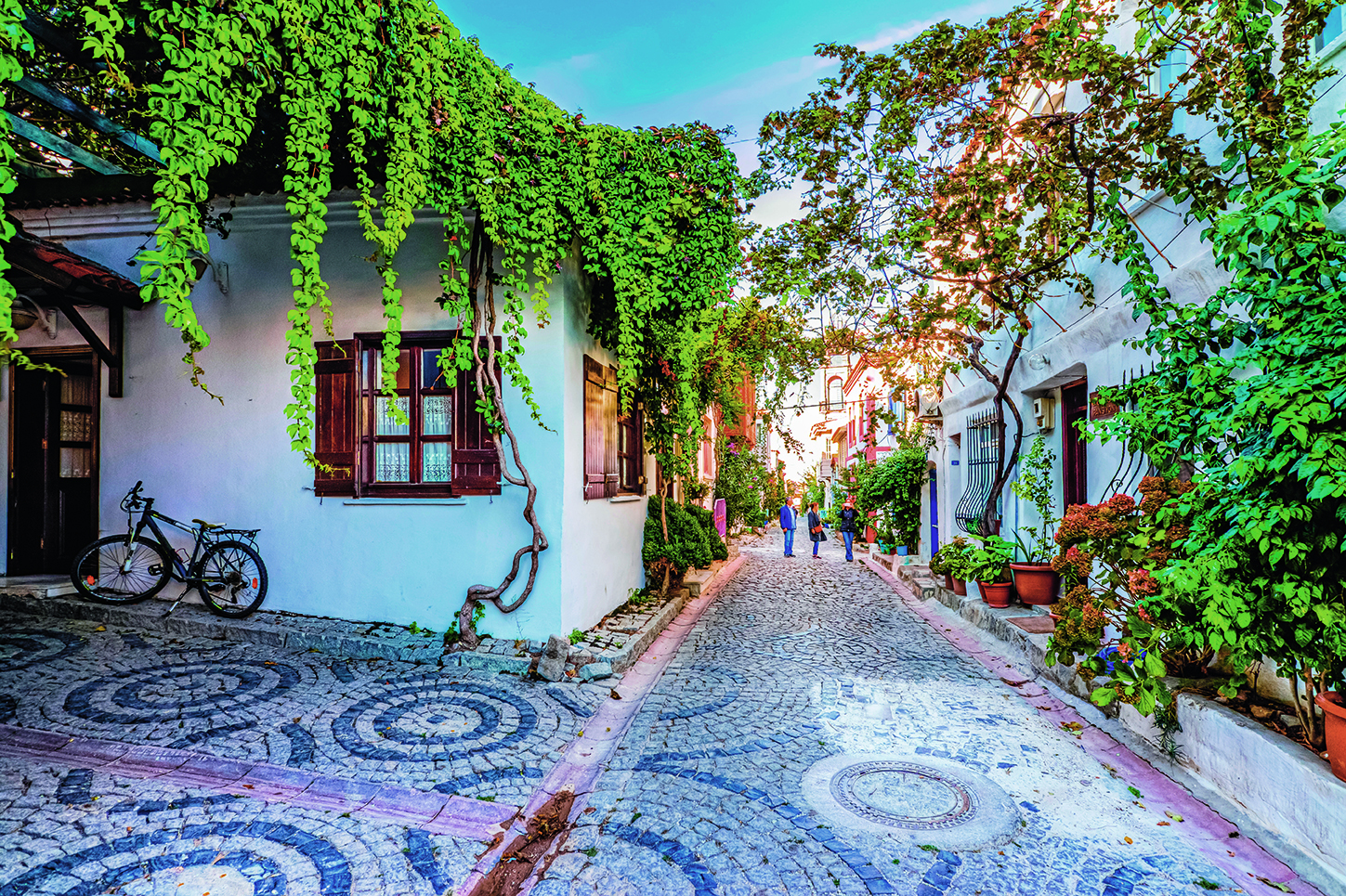
Wake up to the smell of fresh flowers from Hotel Fahri’s courtyard. Doubles from £55. hotelfahri.com
Malta has (once again) been crowned the sunniest place in Europe, with 3,000 hours of sunshine every year. We prefer to chase the sun on the island’s little sister, Gozo, where the coves are quieter, the pace slower and the sun feels that tiny bit stronger. The first settlers on the islands were Sicilian and there is a distinct Italian feel to the food and numerous religious festivities that take place. Pick up a hot ftira, a Maltese speciality that’s a cross between a flatbread and a pizza, traditionally filled with cheese and topped with capers, anchovies and potatoes. Locals will happily queue outside Mekren Bakery 00 356 2155 2342 before heading down to Ramla Bay (an eight-minute drive) clutching their steaming hot parcels. Ramla Bay is one of the only sandy beaches on the islands and is famed for its wonderful sands flecked with ruby-red grains. For somewhere a little more secluded to devour your bounty, head to Wied-il-Ghasri. A 2km hike from the village of Ghasri, follow the staircase hewn into the cliff edge to a hidden pebbled cove. It’s a challenging journey, so you’ll be glad you brought supplies.
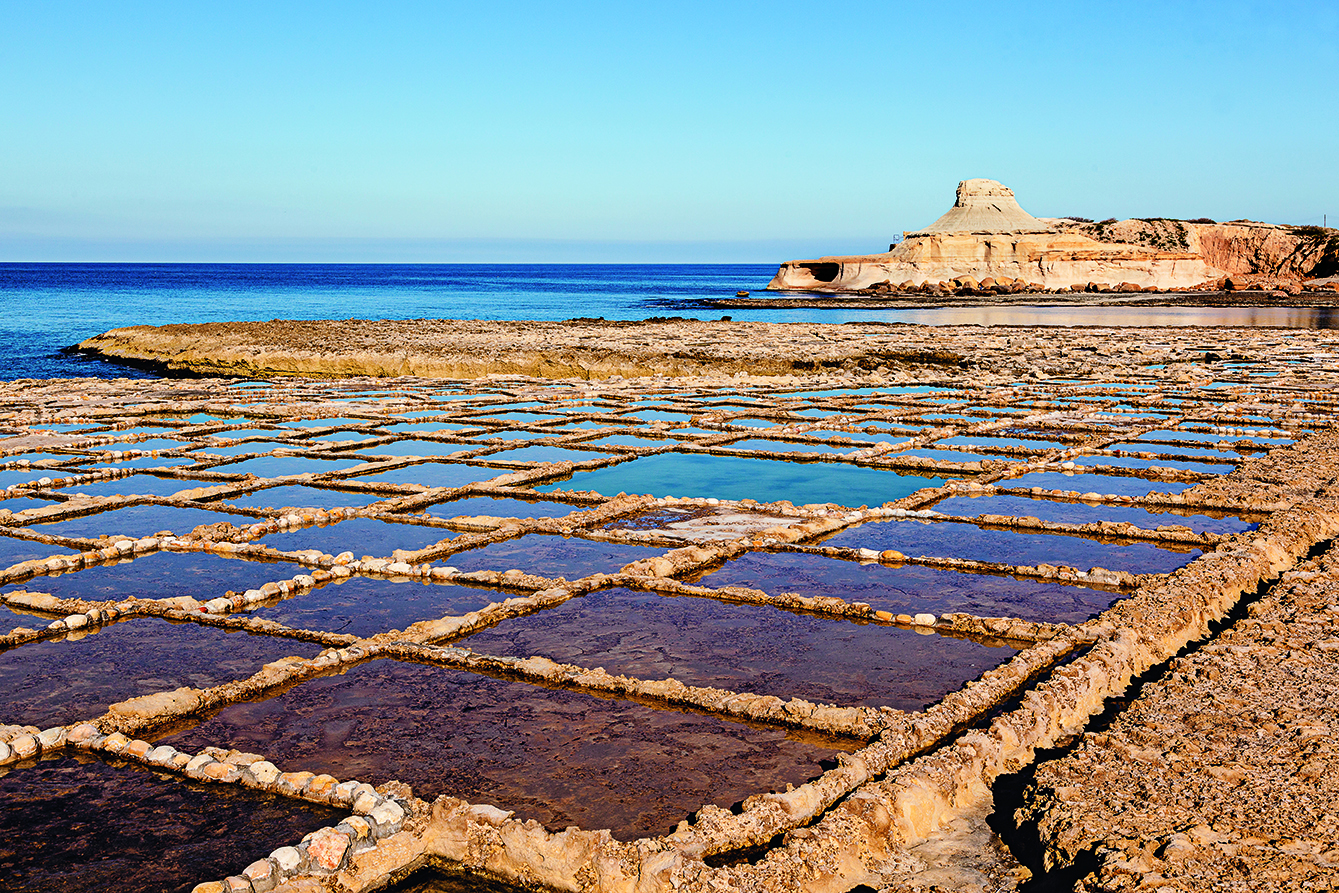
Push the boat out at Gozo’s most lavish hotel, the 140-room Kempinski Hotel San Lawrenz. Doubles from £117. kempinski.com
Stacking up over 115 days of guaranteed sun each year, Europe’s southernmost town has received an extensive regeneration that has secured a future as bright as its UV rays. Grittier areas have been gentrified, luxury hotels have opened and a plush multimillion-pound harbour linking the port to the medieval main square has attracted the glitterati who years before dismissed Cyprus as passé. Mix beach days with archaeological site visits: the ancient ruins at Kourion (a 20-minute drive away) are over 6,000 years old with a virtually intact amphitheatre and Roman baths boasting preserved mosaics. Leading the culinary focus is the Amara hotel, where acclaimed chef Nobu Matsuhisa makes plates that dance between signature and Cypriot dishes. Hankering for something more traditional? Make reservations at buzzy Ta Piatakia 00 357 25 745 017 for grilled halloumi and kleftiko – slow-cooked lamb straight from a clay oven.
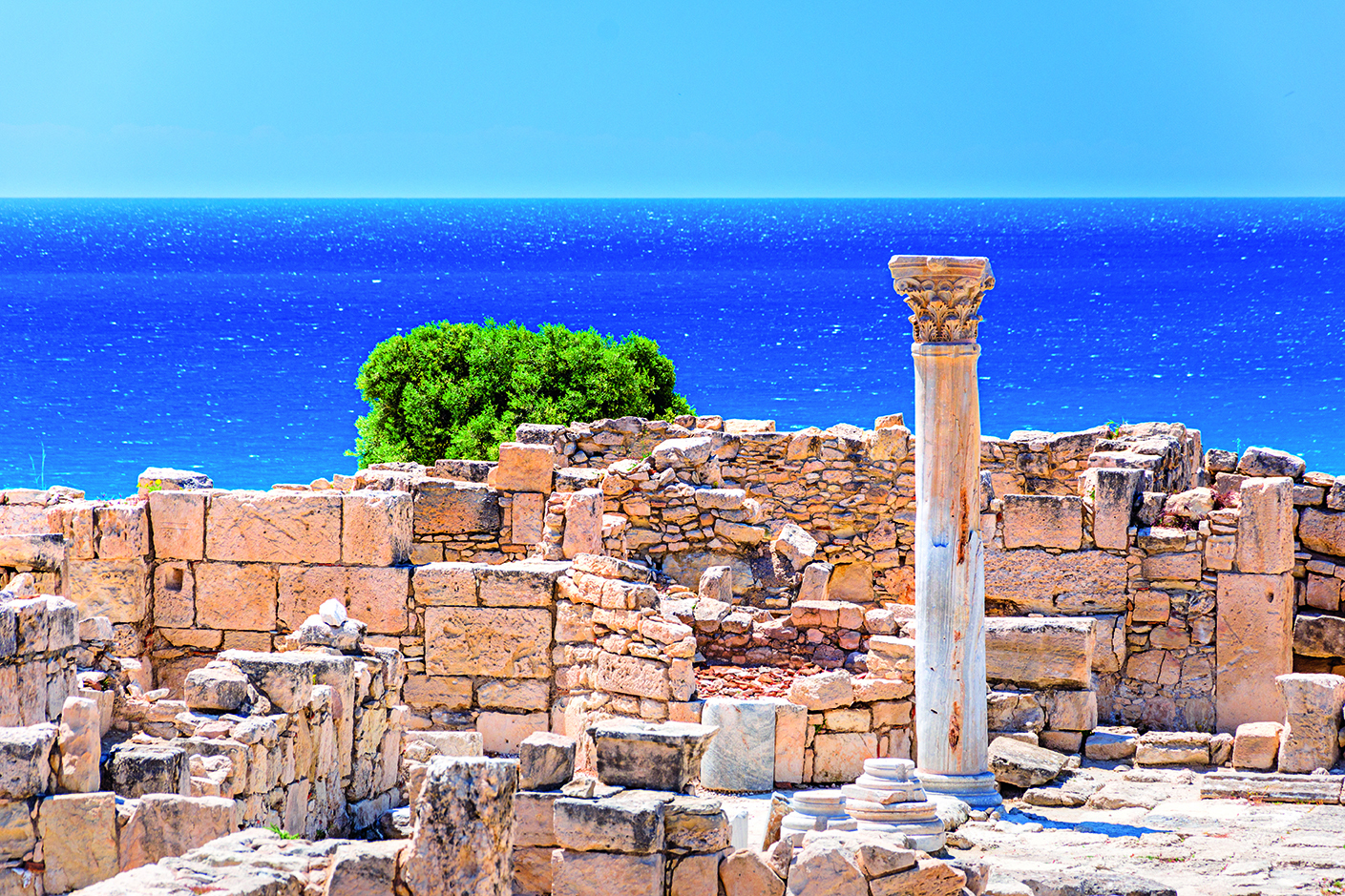
Spoil yourself and check in to the long-awaited new Amara hotel. Doubles from £210. amarahotel.com
Claiming just as many hours of sunshine as its southern
counterparts, France’s idyllic Île de Ré is all misty beaches, pretty towns with houses sporting spearmint-green
shutters and elegant bistros that give moules-frites a Michelin
makeover. La saison runs from early-July to mid-August,
when crowds of well-heeled Parisians shuffle along the island
(which spans just 5km at its widest section). Instead, opt to
visit in September, when you are more likely to find tables at
harbourside La Baleine Bleue baleinebleue.com and baguettes
still left at the market at Ars en Ré. Chains of beaches tangle
with each other across most of the island. You’ll want to
borrow bikes from Cyclo-Surf cyclo-surf.com and peddle to
the western tip, which is often crowd-free. The journey to
Plage de la Conche des Baleines from the thriving capital
Saint-Martin-de-Ré takes about an hour, but you’ll be well
rewarded with the vast sweeps of sand and golden dunes that
beg to be picnicked upon. On your way home, test out your
shucking skills at Cabane du Feneau lacabanedufeneau.fr
– a roadside oyster shack at which you can fill your bicycle’s
basket with freshly cultivated oysters to take away.
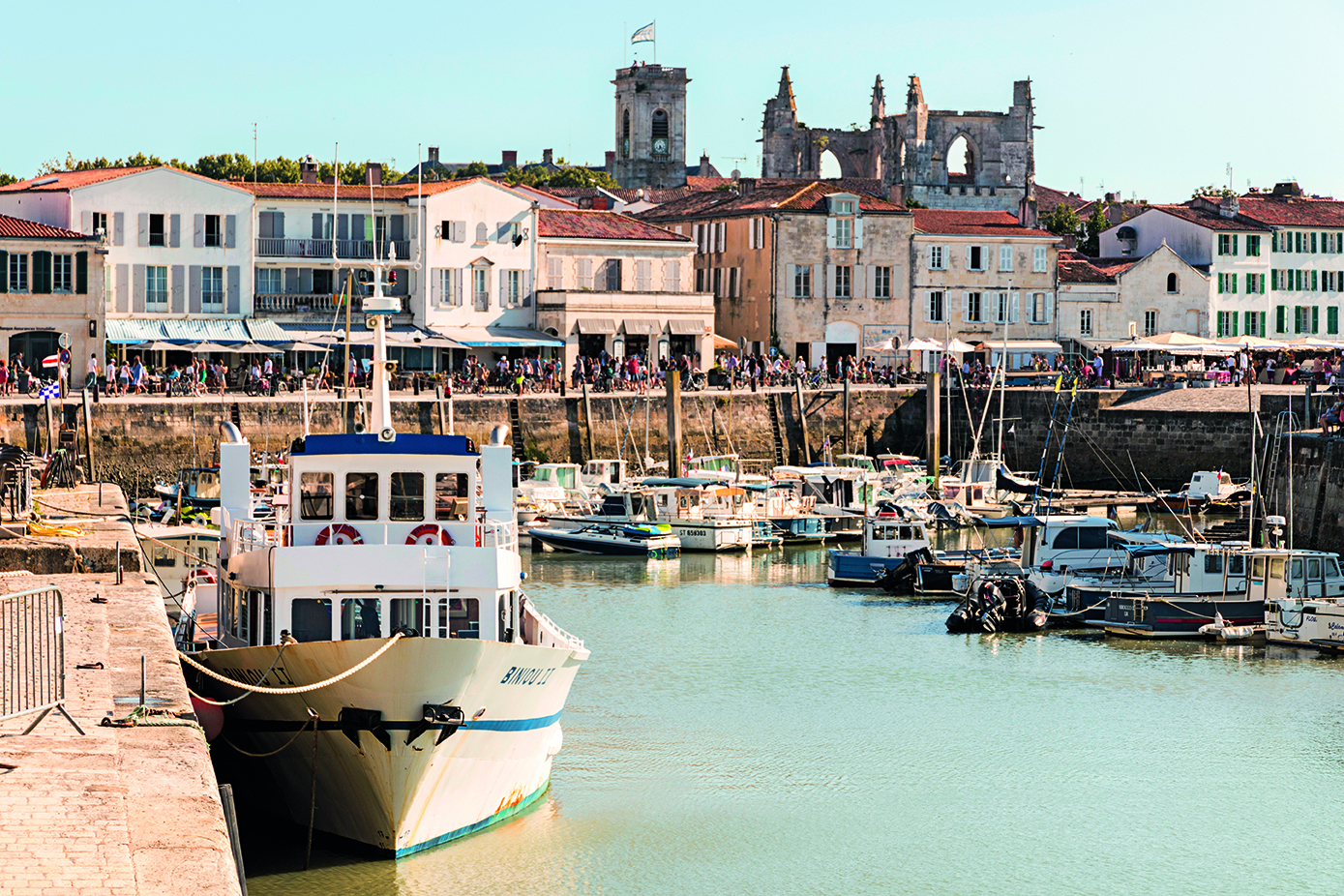
Stay at 17th-century restored merchant house Hôtel de Toiras. Doubles from £284. hotel-de-toiras.com
Think Cornish Caribbean, complete with cream teas.
England’s enchanting archipelago lies 55km off our
south-west coast with inter-island jet boats linking the
islands of St Mary’s, Tresco, St Martin’s, Bryher and St Agnes. St Mary’s is the busiest (by Scilly standards, at least) but you’re never more than ten minutes from your
own slice of milk-bottle-white sands, whichever island you choose. With a microclimate bordering sub-tropical,
explore the gin-clear waters at Tresco’s Appletree Bay, then
sail across to St Martin’s. Great Bay was once voted the
best beach in the UK and is entirely worthy of the accolade.
Superb seafood suppers aren’t in short supply either and
The Flying Boat’s tresco.co.uk shellfish ragout is standout. Roll up and get cracking at the Crab Shack
hellbay.co.uk on Bryher, where garlic-spiked, monster-sized
crabs are supplied by the Penders family, who have been
fishing in the waters for over 200 years. Visiting in September
coincides with Scilly’s Low Tide Experience. The once-a-year
celebration takes place on the skinny sandbar that runs
between Tresco and Bryher. Sip gins blended with local
botanicals from the pop-up bar and feast on grilled island fish and Tresco beef from the flaming barbecues.

Watch the sunset from the terrace of Bryher Island’s Hell Bay Hotel. Doubles from £95. hellbay.co.uk
Drawing in the most sunshine hours in all of Denmark, this
sun-drenched island floating in the Baltic Sea is closer
geographically to Sweden, Germany and Poland, but packs
all the creativity, cool credentials and culinary prowess of
Copenhagen in an island almost half the size of the Isle
of Wight. The warmer temperatures, increased hours of
sunlight and fertile soil have boosted the island’s bountiful
larder with everything from sea buckthorn and boysenberries
to cured meats. Flying the foodie flag and largely responsible
for the island’s rebranding as a gastronomic giant is the
Michelin-starred Kadeau kadeau.dk – the older sister of the Copenhagen restaurant of the same name. Housed in
a refurbished bleached beach shack with wraparound
windows overlooking the sea, their 16-course tasting menu is created from the produce pulled from their garden,
including honey from their hives – the basis for their rhubarb
and cream dessert. Anything they don’t have space to grow,
they forage or source from local farms. Stock up on your own
delights from the honesty boxes found outside locals’ homes,
before pitching up at Dueodde Beach, where the sand you feel
between your toes is so fine it should be in an hourglass.

Stay at Hotel Nordlandet, a 24-room boutique hotel that boasts a prime waterfront position, perfect for morning dips. Doubles from £142. hotelnordlandet.com
Topping the Greek islands’ sunshine scale with 129 days of rays, this lesser-visited gem is far from the crowded shores of its better-known neighbours, sitting at the bottom of the Peloponnese peninsula. Those who embark on the voyage (there’s a direct, two-hour boat service from Athens) are seldom disappointed; Kythera’s rugged landscape conceals blindingly blue coves, dramatic gorges and valleys and is dotted with watermills. Despite being part of the Ionian islands, its architecture is closer to the bleached white structures of the Cyclades, as seen from the island’s most beautiful village, Avelemonas, in the east. Take a late lunch of aubergines cooked in sour cream and sausages, with local liqueur, fatourada, at Botzio Café 00 30 27360 34354. Not to be missed is the Venetian village of Milopotamos, where you’ll cross the stone bridge to the Neraida waterfalls. Named after water nymphs, take a (brief) dip in the rock pools. They may look inviting, but the temperatures rarely reach the teens and you’re better off splashing around at nearby Kaladi beach, where the seawater can often feel more like bathwater.
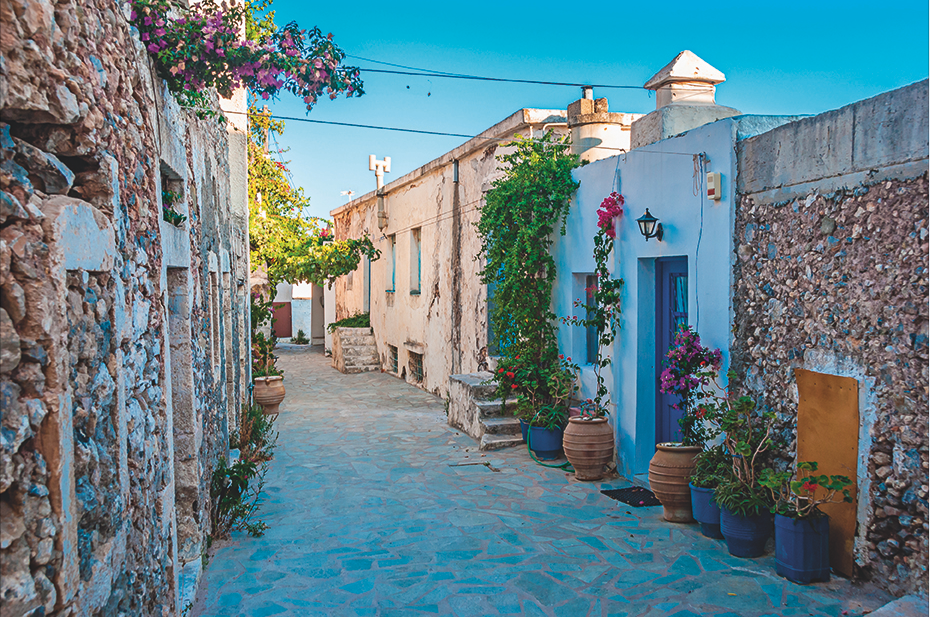
Stay at the charming seven-bedroom Nostos Guesthouse, in the centre of Estavromenos Square, in the capital, Chora. Doubles from £58. nostos-kythera.gr
If you’ve discovered Dubrovnik, pranced around Pag and enjoyed the hedonism of Hvar, then it’s time to seek out the longevity on Lošinj. Croatia’s sixth sunniest island has a long history of vitality, wellness and healing, first discovered by Austro-Hungarian emperor Franz-Josef in the 19th century. The air quality is believed to improve lung health due to the island’s unique climate, as thousands of 100-year-old Aleppo pines and the breezy salt spray from the sea are said to purify the air particles. The clean air is also helped by the many varieties of herbs grown on the island, found in everything from plates of Istrian boskarin beef to fragrant facial oils. The rejuvenating Pharmos Natur facial detox treatment at Hotel Bellevue should feature on any itinerary. Post-pampering, tackle over 250km of walking trails that weave through the countryside or flit between the island’s two baroque fishing villages, Veli Losink and Mali Lošinj. The latter conceals the prettiest port in the Adriatic, Čikat Bay, which is home to a pink-fronted fortress built by Franz-Josef for his mistress, sherbet-coloured villas that peek out from behind towering pines, vibrant bushes with floral displays and the perfectly located Lanterna Grill 00 385 51 896 6147, overlooking it all.
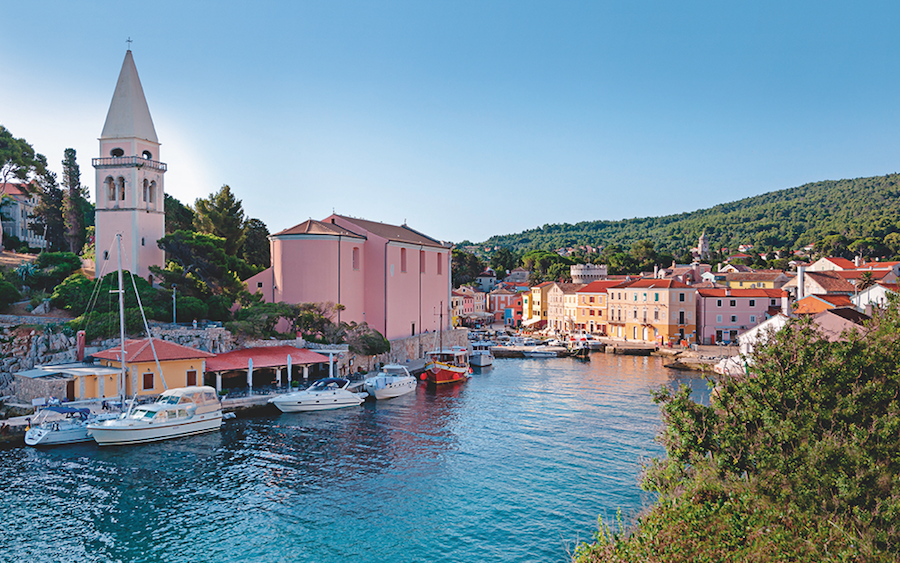
Spoil yourself with a stay at Hotel Bellevue, whose award-winning spa will help you fully acclimatise to the island’s gentle pace. Doubles from £189. losinj-hotels.com
Subscribe and view full print editions online... Subscribe